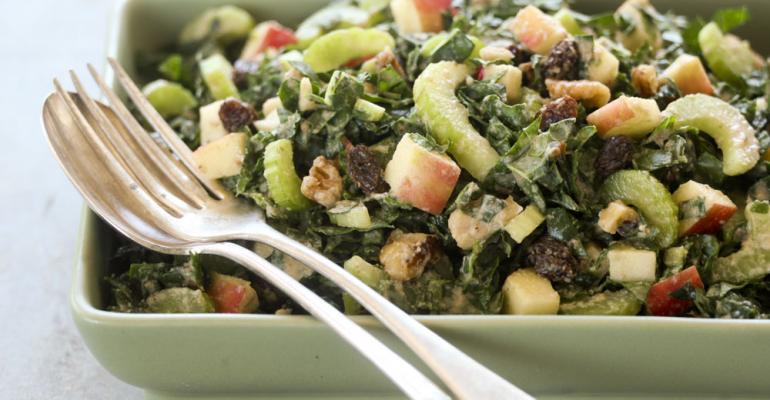What exactly is “wellness?” I have to say I am confused as a shopper. Is gluten bad for me or only for people with celiac disease? Is meat healthy or will it cause heart disease? How about eggs — great protein or bad cholesterol? And seafood — is mercury poisoning possible or will all those extra omegas make me smarter?
How about I just eat Oreos and ice cream since I know what I am getting.
Health and wellness-related food and beverage products continued to increase in sales this past year. Best-performing items (in terms of retail sales) were food intolerance products, especially gluten free, followed by better-for-you options, and fortified/functional goods. According to a study conducted by Catalina Marketing and the Food Marketing Institute, “More than 40% of shoppers are interested in supermarkets providing recipes and information for specific health concerns, health screening services, nutritional counseling and personalized wellness plans.”
It would make sense that where one shops for food would be an excellent place to learn how to eat better and at least make better choices. Giant Eagle, Ralphs, Target and Publix all have some form of a wellness initiative, but Whole Foods Market has really upped the ante with its Wellness Club. For an approximate $45 monthly fee, members have access to:
Unlimited Classes. These include cooking, nutritional, and practical technique classes that support a healthier lifestyle.
Cooking Demos and Community Events. Unlimited access to cooking demos and events with published authors and inspirational speakers.
Supper Club Dinners and Brunches. These are healthy, community-meals prepared by a Whole Foods chef. You just show up and eat. Members pay a discounted rate.
10% Discount. This 10% discount is offered on over 5,000 products in the store (just the store where the Wellness Club is located.).
Lifestyle evaluations and personal coaching are also available, and non-members can attend courses on an a la carte basis. They even have an allotment of yoga classes, which apparently is an important wellness practice. When I checked out the Whole Foods by me, I spoke with a Wellness Club member who had just attended a lecture called, “All About Soy.” She said it was very enlightening, but she couldn’t tell me exactly why, other than she felt “more informed.”
Whole Foods has the space, the products and the shoppers who would be interested in this approach, as well as the resources to invest over $500 a year to achieve better wellness. Personally, I think this goes a little overboard. I prefer to do yoga at my fitness club and ask my doctor what to eat or not eat…or at least point me to a nutritionist.
In any event, the search for wellness is not direct. The challenge for grocers is to help their shoppers define what wellness means to them. By doing so they can differentiate from competitors, leaving those who don’t take a position seemingly less focused on helping their shoppers find better solutions.
[Photo credit: Whole Foods Market]




